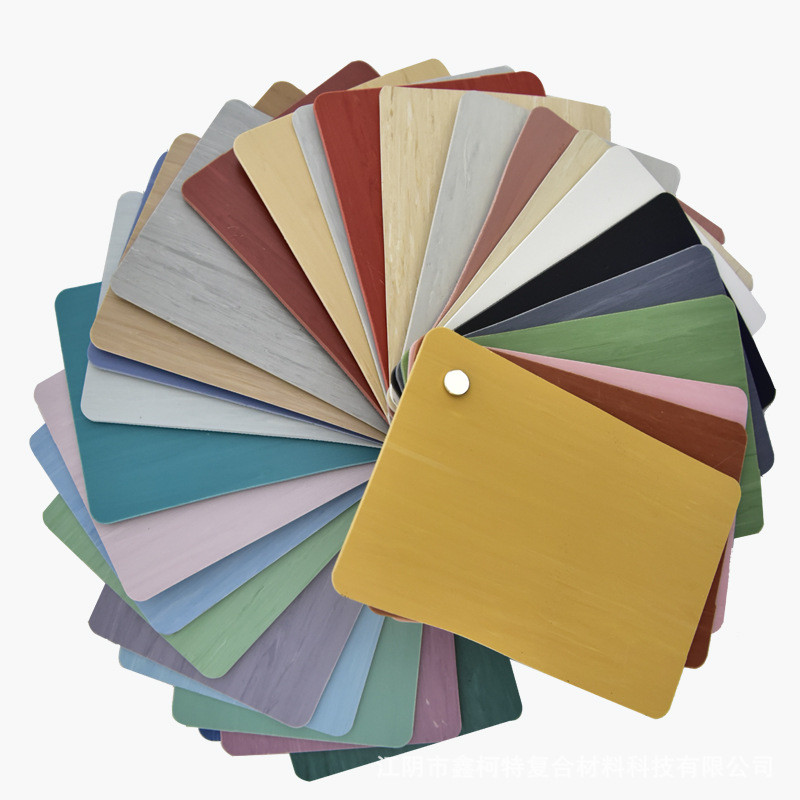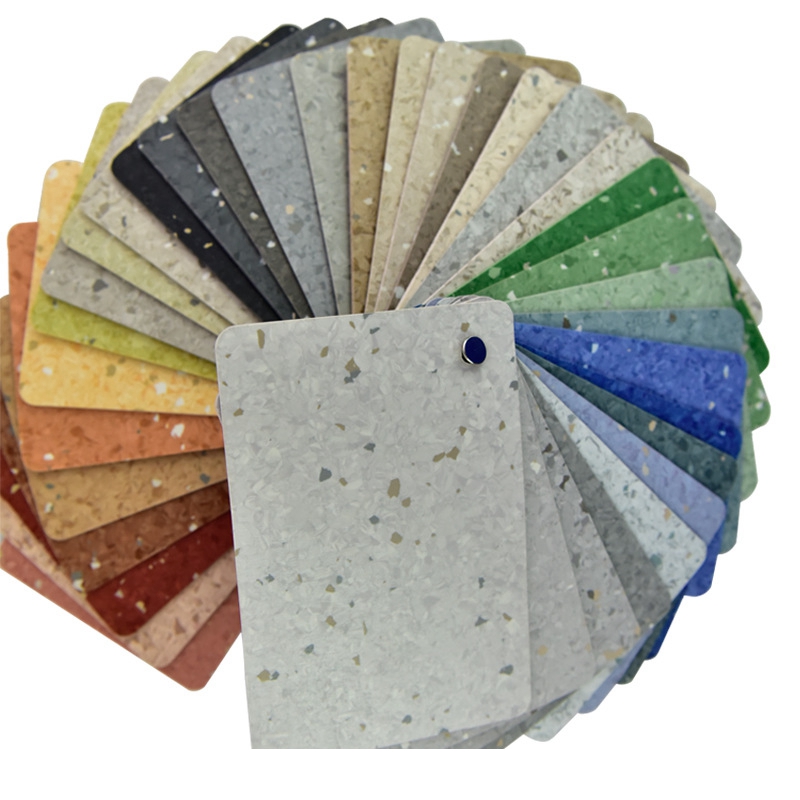

- 0086 13321818576 (Steven Lee)
- info@3c-floor.com
Homogeneous and transparent pvc flooring is divided into two types, directional and non-directional, and divided into two types: sheet and coil.
Nowadays, with the continuous improvement of coil technology, sheet materials are gradually eliminated, and the use of coil materials is increasing.
Non-directional homogenous permeable floor is a product formed by pvc floral particles after many times of processing, with high pvc content, high density, and good product performance, while directional homogenous permeable floor is a once-formed patterned product , The pvc content is slightly lower, and the performance is slightly lower.
Due to its environmental protection, non-slip, abrasion-resistant, waterproof, and strong repairability, the homogeneous permeable floor is widely used in various commercial places, medical places, education places, industrial places, and office places with a large flow of people.

